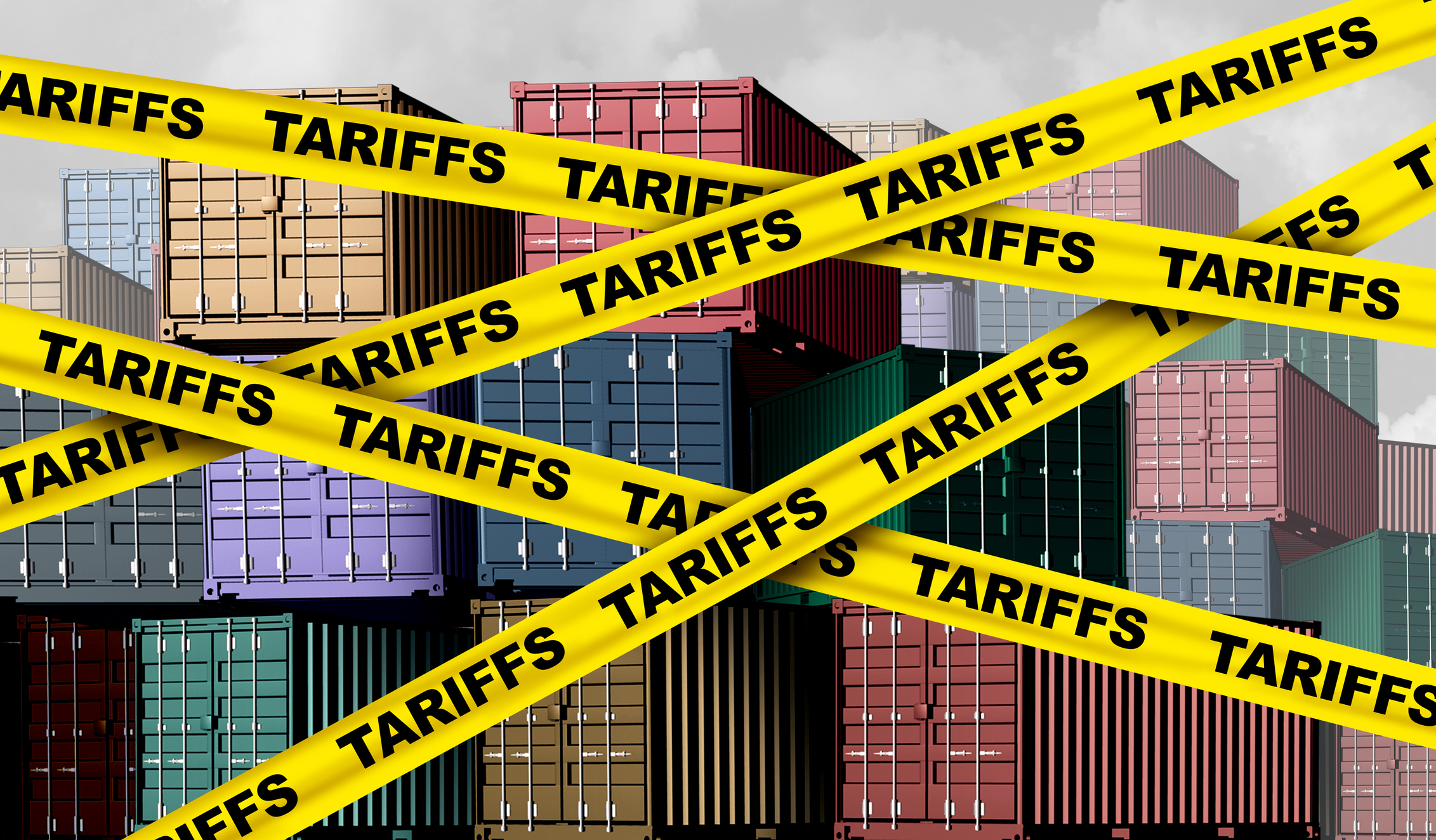Initial start
With the foundation of the People’s Insurance Company of China (PICC) in 1949 as the sole insurer in new China, the country’s agriculture insurance industry kicked-off in 1950. However, it lasted only a short time before being suspended all together for over two decades until the early 1980’s. In 1982, PICC restarted agriculture insurance on a wide scale. Four years later, Xinjiang Production and Construction Corps Crops and Livestock Production Insurance Company, the former entity of China United Insurance Company (CIC), was established as the first specialty agricultural insurance company. This early form of agro insurance received no government support and thus was more like a seedling on a piece of barren land with no hope of ever growing and flourishing. Up until the mid to late 90’s, China’s agriculture insurance premiums were only around US$100 million and marginalized as a subordinated line of business.
Period of reform
Current form launched in 2007
It was agreed during, the 3rd Plenary Session of the 16th Central Committee of the Communist Party of China held in 2003 that an exploratory agro insurance policy system should be set up. As from the following year, the very first document issued by the central government at the beginning of each year was on the topic of “Agriculture, Rural Area and Farmers”, demonstrating the paramount importance of these three agro related factors for the development of modern China. This document has been called “The No.1 Document of the Central Government”. In 2007, the Ministry of Finance issued stipulations in regard to government subsidised schemes for insurance premiums for five crops in six pilot provinces. The modern form of government-subsidized agriculture insurance (“policy insurance”) was officially launched.
National expansion
Since 2007, the government-subsidized agriculture insurance has been expanding nationwide and in 2012 the Premier signed the “Agriculture Insurance Ordinance” which was put into effect the following year and became the first specific agriculture insurance decree. Between 2007 and 2013, the compound annual growth rate of agriculture insurance premium was as high as 34%. Together with non-government subsidised agriculture insurance (“commercial insurance”), agriculture insurance now covers crops, livestock, forestry and aquaculture with more than 170 crop products. In 2015 1.45 billion mu (97 million hectares) of arable land was covered by crop insurance, 59% of total arable land. 70% is now protected by insurance for the three major staple grains of rice, corn and wheat. In terms of premiums, China is ranked the second largest agriculture insurance market and the first largest in livestock and forestry insurance in the world today.
Government subsidies
Agriculture insurance that is subsidized by the central government covers fifteen product categories earmarked as essential for livelihood, including corn, rice, wheat, oil-bearing crops, cotton, potato, sugar, breeding sow, dairy cow, fattening pig, as well as forestry. In 2014, premiums for subsidised products accounted for 97.36% of total premiums. Most of the subsidies are shared between the central government, local provincial/municipal and county-level governments. Central government’s subsidy accounts for 30% to 65% of the total premiums, whereas the total subsidy generally amounts to 80% of total premiums. Besides central government-subsidized products, local provincial governments also encourage innovative insurance products through support of their own subsidies. The central government is trying to relieve the burden of county-level governments because they usually have insufficient budget to match the subsidy. On January 8, 2016, the Ministry of Finance issued a notice on the increase of subsidies for counties with high agriculture production.
Insurance entity qualifications
Currently there are twenty-three Property & Casualty (P&C) companies plus one mutual company qualified to offer agriculture insurance in China. Five of them are specialist agriculture insurance entities. In April 2013, the China Insurance Regulatory Commission (CIRC) issued a notice regarding the strengthening of the management of agriculture insurance qualifications. In order to be qualified to write agriculture insurance, an insurer must fulfil the following criteria: sound grassroots service networks in the province; specialist agriculture department and staff; comprehensive agriculture insurance internal control system; and sufficient solvency ratio etc. This is based on the Agriculture Insurance Ordinance issued previously to stress the importance that only those companies being able to provide real-value services to farmers can be qualified to write agro business.
Win-win solution
This nationwide non-discriminatory government-subsidized form of agriculture insurance has been proven to be very successful. It created a winwin situation for the insured and the insurer thanks to the following benefits: reasonable premium rates; elimination of anti-selection risk; and geographical diversification. In times of regional natural disasters, insurance has played an important role in relieving farmers’ hardship over lost harvest. In 2013 serious flooding occurred in Heilongjiang Province in Northeast China. Agriculture insurance claims payment reached US$450 million accounting for 18% of direct economic loss. For the severe drought in Liaoning Province in 2014, insurers paid US$150 million, 20% of the direct economic loss. These percentages are much higher than those of property insurance payments against total economic losses for natural disasters in China.
Meanwhile, insurers also accumulated surplus earnings in earlier or “fat” years, which helped them to prepare for years with higher claims. For better utilization of these surpluses, at the end of 2013, the Ministry of Finance issued a regulation on “Severe Perils Reserves for Agriculture Insurance”, stipulating clearly how insurers should take agriculture reserves out of their surplus for potential future severe perils. This is in addition to the pre-existing catastrophe reserves for agriculture insurance which had been accounted for by insurers based on agriculture premiums.
Rapid Development of products and Coverage
Former coverage
Sum insured of crops used to cover 80% of material cost for producing the crops including cost of seeds, fertilizers, and pesticide etc. Livestock and forestry insurance follow the same principle. Premium rates are set by insurers’ actuaries after consultation with the Government. Covered perils used to be named perils. Before 2015, drought was not covered in many provinces.
Product upgrade
In February 2015 the CIRC, together with the Ministry of Agriculture and the Ministry of Finance, decided to enhance all agro insurance products. As a result, agriculture insurance products were greatly improved for the benefit of the insured: The sum insured was increased to cover 100% of material cost for many products; in many provinces the coverage was expanded to insure all natural perils, accidents and all diseases; deductibles were basically eliminated; indemnity ratios during various growing periods were increased; loss caps on the direct side are no longer allowed and premium rates were adjusted accordingly.
On November 13, 2015, the CIRC announced that this round of products upgrading had been successfully completed and many of enhanced products were already being implemented. The whole process involved a total of 738 insurance products from 22 insurance companies, covering 15 types of crops and 6 types of livestock. In 2016, these products will be launch on a wide scale. We estimate that this policy change will push the final loss ratio up by at least 5%-10%, depending on the products mix.
New growth opportunities
In 2014 the so called “Ten New Rules of the State Council” were announced, providing guidelines on how to ameliorate the insurance industry’s development while specifically mentioning innovative products in agriculture insurance.
Local governments are encouraged to support new insurance products e.g. products based on yield, price or revenue; weather index products; price index products; insurance for aquaculture, poultry or other regional characteristic produce. Now price index insurance has covered 26 provinces. Among the price index products, the most popular one is the hog price index whose benchmark is the average ratio of hog price against corn price. The nationwide ratio is published by the Development and Reform Commission every week.
Reinsurance
Treaty forms
China’s agriculture reinsurance programs mainly include regional Quota Share, nationwide Variable Quota Share, Regional Stop Loss triggered by section, Nationwide Stop Loss triggered by branch or section, and nationwide Umbrella Excess of Loss triggered by branch or section.
China Agriculture Reinsurance Pool (CARP)
In November 2014 CARP was initiated by twenty-three insurers with agriculture insurance qualifications together with China Property and Casualty Reinsurance Company Ltd (China Re P&C). After its establishment, membership was open to all P&C insurers. Upon the first anniversary of CARP, another ten insurance entities submitted applications to join the pool. All direct company members of the pool are obliged to cede at least 50% of their agricultural reinsurance programs into the pool. The remaining shares of the programs can be placed in the openmarket. In 2015 the CARP’s market share was 53%.
Members also have the choice to subscribe to the pool’s business according to their own capacity, no retrocession allowed. In this way, an insurer without agricultural qualifications but looking to add agriculture business to its portfolio, can achieve their objective by subscribing to agriculture business from CARP. As the manager of the pool, China Re P&C’s subscription share is fixed at 50%.
Peak Re’s involvement
Peak Re has been actively participating in China’s agriculture insurance market, taking leading positions in both traditional and innovative products in support of our clients. In addition to China, Peak Re also provides agro reinsurance in Korea, India, Australia and in Europe. In 2015, our total agriculture premiums accounted for 12% of our total P&C portfolio. Going forward, we will maintain our commitment to this line of business and intend to grow alongside our clients.
with Peak Re










